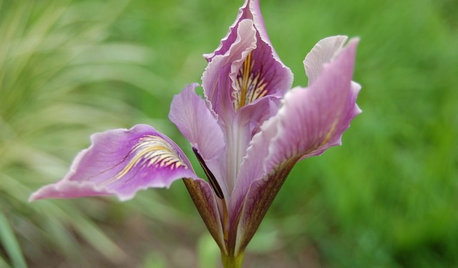Questions on Neo propagation
neonut
17 years ago
Featured Answer
Comments (12)
LisaCLV
17 years agoneonut
17 years agoRelated Professionals
Otsego Landscape Architects & Landscape Designers · Pelham Landscape Contractors · Hayward Landscape Contractors · Lexington Landscape Contractors · Tehachapi Landscape Contractors · Waldorf Landscape Contractors · Tyngsboro Landscape Contractors · Baileys Crossroads Landscape Contractors · Coral Gables Fence Contractors · Lauderhill Fence Contractors · Monroe Fence Contractors · Pennsauken Fence Contractors · Brunswick Siding & Exteriors · Manassas Siding & Exteriors · Massapequa Siding & Exteriorsbihai
17 years agoneonut
17 years agoLisaCLV
17 years agohotdiggetydam
17 years agoLisaCLV
17 years agohotdiggetydam
17 years agoneonut
17 years agoCarol love_the_yard (Zone 9A Jacksonville, FL)
11 years agoVictor Taboada
8 years ago
Related Stories

GARDENING GUIDESNo-Regret Plants: 5 Questions Smart Shoppers Ask
Quit wasting money and time at the garden center. This checklist will ensure that the plants you're eyeing will stick around in your yard
Full Story
FLOWERSPaint a Garden Delightful With Iris
Charming and colorful, irises propagate easily, are hardy in many soils and climates, and unfold with layers of beauty
Full Story
ARCHITECTUREModern or Contemporary: What's the Difference?
10 homes illustrate the essence of modern and contemporary home design styles
Full Story
REMODELING GUIDESRibbon Windows: Openness, Privacy and Cool, Modern Design
Long, horizontal windows celebrate Le Corbusier's break with traditional Architecture
Full Story
FUN HOUZZ‘Game of Thrones’: The Home Edition
In honor of the HBO show’s Season 6 premiere Sunday, we offer a collection of more functional seating worthy of Westeros and beyond
Full Story
HOME TECHMeet the New Super Toilets
With features you never knew you needed, these toilets may make it hard to go back to standard commodes
Full Story
HOUSEPLANTS8 Essentials for Healthy Indoor Plants
Houseplants add so much to our homes — and can thrive when grown in the right conditions. Keep these tips in mind
Full Story
GARDENING GUIDESWe Bust 4 More Native Plant Myths
Have you been taken in by these fallacies about gardening with native plants?
Full Story
CONTAINER GARDENS3 Steps to Creating Quick, Easy and Colorful Succulent Containers
Take a bright container, add a colorful succulent or two and have a professional, summery design in minutes
Full Story
WINTER GARDENINGPruning Secrets for Exquisite Roses
Encourage gorgeous blooms year after year with this time-tested advice on how to prune your rosebush in winter for health and shape
Full Story





splinter1804